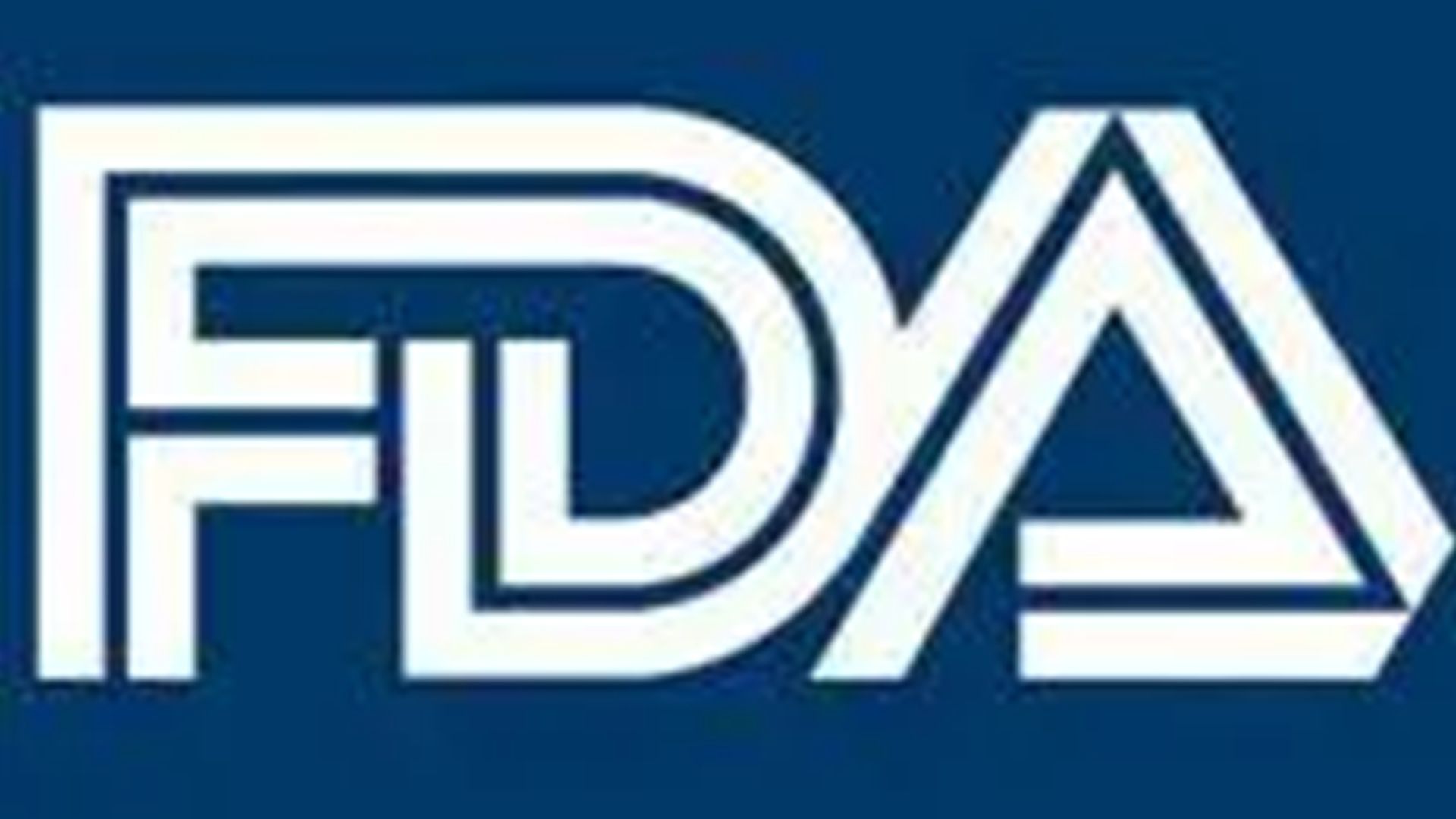The FDA has issued a complete response letter (CRL) to the supplemental biologics license application (sBLA) seeking the approval of glofitamab-gxbm (Columvi) in combination with gemcitabine and oxaliplatin (GemOx) for the treatment of patients with relapsed/refractory diffuse large B-cell lymphoma (DLBCL) who have received at least 1 prior line of therapy and who are not candidates for autologous stem cell transplant (ASCT).1
The CRL explained that data from the phase 3 STARGLO trial (NCT04408638) did not provide enough evidence to support the regimen’s approval in the United States population. Although STARGLO was intended to serve as a postmarketing confirmatory study, glofitamab retained its accelerated approval for the treatment of patients relapsed/refractory DLBCL not otherwise specified or large B-cell lymphoma arising from follicular lymphoma, after at least 2 lines of systemic therapy.
In May 2025, the FDA’s Oncologic Drugs Advisory Committee voted 8 to 1 against the applicability of the patient population and results from the STARGLO trial to the United States population of patients with relapsed/refractory DLBCL.2
“While we are disappointed with this outcome, we remain confident in the data supporting the value of [glofitamab] for US patients who have relapsed following initial treatment, and its key role as monotherapy in the third-line setting,” Levi Garraway, MD, PhD, chief medical officer and head of Global Product Development at Genetech, stated in a news release.1 “We are committed to bringing [glofitamab] to more people living with lymphoma and are actively exploring its potential in additional treatment settings, including as frontline therapy.”
Genentech also announced that discussions are ongoing with the FDA regarding the use of the phase 3 SKYGLO study (NCT06047080) as the new postmarketing confirmatory study. The trial is investigating glofitamab in combination with polatuzumab vedotin-piiq (Polivy), rituximab (Rituxan), cyclophosphamide, doxorubicin, and prednisone in patients with previously untreated LBCL.
Updated findings from STARGLO presented at the 2025 ASCO Annual Meeting demonstrated that patients treated with the glofitamab regimen achieved an overall response rate (ORR) of 68.3% (95% CI, 61.0%-75.0%) vs 40.7% (95% CI, 30.5%-51.5%) with rituximab (Rituxan) plus GemOx.3 The complete response (CR) rates were 58.5% (95% CI, 51.0%-65.7%) and 25.3% (95% CI, 16.8%-35.5%), respectively. Among patients in the glofitamab arm who experienced a CR, the median duration of response (DOR) was not reached (95% CI, 27.2-NE), and 42.1% of patients were still in CR at data cutoff.
Furthermore, glofitamab plus GemOx significantly improved overall survival (OS) compared with rituximab (Rituxan) plus GemOx. At a median follow-up of 24.7 months, the median OS was not evaluable (NE; 95% CI, 19.2-NE) with glofitamab vs 13.5 months (95% CI, 7.9-18.5) with rituximab (HR, 0.60; 95% CI, 0.42-0.85; P = .003). The 24-month OS rates were 54.4% vs 33.6%, respectively.
The median progression-free survival (PFS) was 13.8 months (95% CI, 8.8-30.0) for glofitamab plus GemOx vs 3.6 months (95% CI, 2.5-7.1) for rituximab plus GemOx.
STARGLO Background
STARGLO was a multicenter, open-label, randomized study enrolling patients with relapsed/refractory DLBCL who received at least 1 prior line of therapy and were ineligible for ASCT.
Patients were randomly assigned 2:1 to receive glofitamab plus GemOx or rituximab plus GemOx. Patients in the glofitamab arm received step-up dosing in cycle 1, followed by 30 mg every 31 days starting on day 1 of cycle 2. Glofitamab plus GemOx were given together for 8 cycles, followed by glofitamab alone for 4 additional cycles.
The trial’s primary end point was OS. Key secondary end points included independent review committee–assessed PFS, ORR, CR rate, DOR, and safety.
Safety findings indicated higher rates of adverse events (AEs) with the glofitamab regimen. Grade 3 or higher AEs occurred in 76.7% vs 40.9% of the glofitamab and rituximab arms, respectively, with serious AEs in 52.3% vs 17.0%. Treatment discontinuation due to AEs occurred in 25.6% of patients receiving glofitamab vs 12.5% in the rituximab group.
Cytokine release syndrome (CRS) was reported in 44.8% of glofitamab-treated patients (grade 3/4, 2.3%), and immune effector cell-associated neurotoxicity syndrome (ICANS) occurred in 2.3% (grade 3/4, 0.6%). Grade 3/4 infections occurred in 16.9% of patients in the glofitamab arm vs 9.1% in the rituximab arm.
The FDA previously granted accelerated approval to glofitamab in June 2023 for relapsed/refractory DLBCL following two or more prior lines of therapy. STARGLO was designed as the confirmatory study for full approval.
The recommended dose of glofitamab is administered following a step-up dosing schedule during cycle 1, with 30 mg every 31 days beginning in cycle 2, day 1, for 8 cycles in combination with GemOx, followed by 4 cycles of glofitamab monotherapy until disease progression or unacceptable toxicity.
References
- Genentech provides update on supplemental biologics license application for Columvi combination for people with relapsed or refractory diffuse large B-cell lymphoma. News release. Genentech. July 18, 2025. Accessed July 18, 2025. https://www.businesswire.com/news/home/20250718250985/en/Genentech-Provides-Update-on-Supplemental-Biologics-License-Application-for-Columvi-Combination-for-People-With-Relapsed-or-Refractory-Diffuse-Large-B-cell-Lymphoma
- Abramson JS, Ku M, Hertzberg M, et al. Glofitamab plus gemcitabine and oxaliplatin (Glofit-GemOx) in patients (pts) with relapsed/refractory (R/R) diffuse large B-cell lymphoma (DLBCL): 2-year (yr) follow-up of STARGLO. J Clin Oncol. 2025;43(suppl 16):7015. doi:10.1200/JCO.2025.43.16_suppl.7015
- May 20, 2025, Meeting of the Oncologic Drugs Advisory Committee (ODAC). FDA. Accessed June 23, 2025. https://www.youtube.com/live/iSGFdhMgh1E
